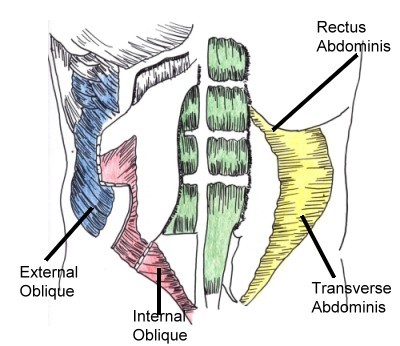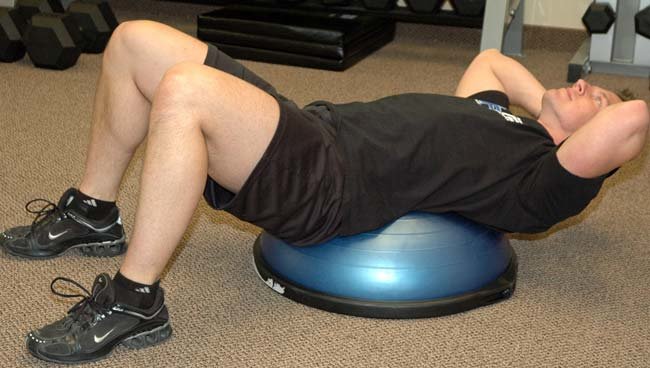In my time working at a health club, I have seen a multitude of non-sense in people's fitness regime I have also been condemned for, questioned, and have not been taken seriously because I often go against the grain of traditional fitness mindset.
Exercise science is relatively young in terms of how long and how serious it's been studied. It wasn't until the 1960's or so that it was recognized as a legitimate area of study. We have come a long way since then, and unfortunately, some of the same old ideals have been buzzing around health clubs across the continent like that mosquito in your bedroom at 2:00 am.
It is time to end the myths, teach people the proper way, and change the way people approach a training regime. Periodically, I will delve into the tired old fitness techniques, dissect them, provide evidence why they should be forgotten, and give you a sound alternative.
The myth I will be debunking today is the great myth of core training.
I will be asking Chris, who I am sure has some colorful commentary on the subject, to provide the advice on how to get a stronger core. (atlas stones anyone?)
Let's start by defining what the core actually is. The core is the middle section of the body. It is the foundation of all our movements. It's the muscles we all wish we had bulging through our tighter than necessary t-shirts. The core muscles are the rectus abdominus, transverse abdominus, interior, and exterior obliques. Depending on who you ask, the core is also the extenders of our lower back, but that's another issue.
Ok we identified the muscles, now let's look at their function. The muscles of the abdominal wall are very efficient at one thing mainly. The one thing is stability, every step we take, every time we bend down and pick something up, heck even every time we sneeze or laugh the core engages. Stuart Mcgill, outlined this very well in a study he took part in. They looked at EKG signals (an electric impulse that tells us our muscles are activated) in the abdominals with common exercises. What they found was that almost any exercise activated the core for stabilization. No surprise here but some people need it painted black and white.
This function should tell us something, that maybe a good way to train the core is to challenge the stabilization with heavy loads in other movements. That would be "functional training" wouldn't it? Instead much of core training revolves around endless crunches, v-ups, leg lifts, and whatever else you do to flex your abdominals. An interesting insight on this type of training is that performing these movement over and over produces an increased likelihood of disc herniation and many other back issues. It is not a movement that we were designed to perform regularly.
Another paradox with core training came from a 2008 study where they used division 1 football players and assessed if core training increased athletic performance What they found was that there was no correlation between athletic performance, ie speed, agility, strength between those who partook in the core training (in conjunction with regular lifting) and those who did none. Another study that I've come across found that core training had no reduction in injury among trained athletes.
I will wrap it up with this, if you're still going to the gym, getting on the bosu ball, and doing endless crunching, twisting, and leg lifts you ought to reconsider. I know you can "feel the burn" but what you are really doing is wasting your time with inefficient exercise. We all can make our lives more efficient. Start with your fitness. Now that this myth has been debunked I'll hand it over to Chris with the how to's on core strength.
Cheers!
Andrew




No comments:
Post a Comment